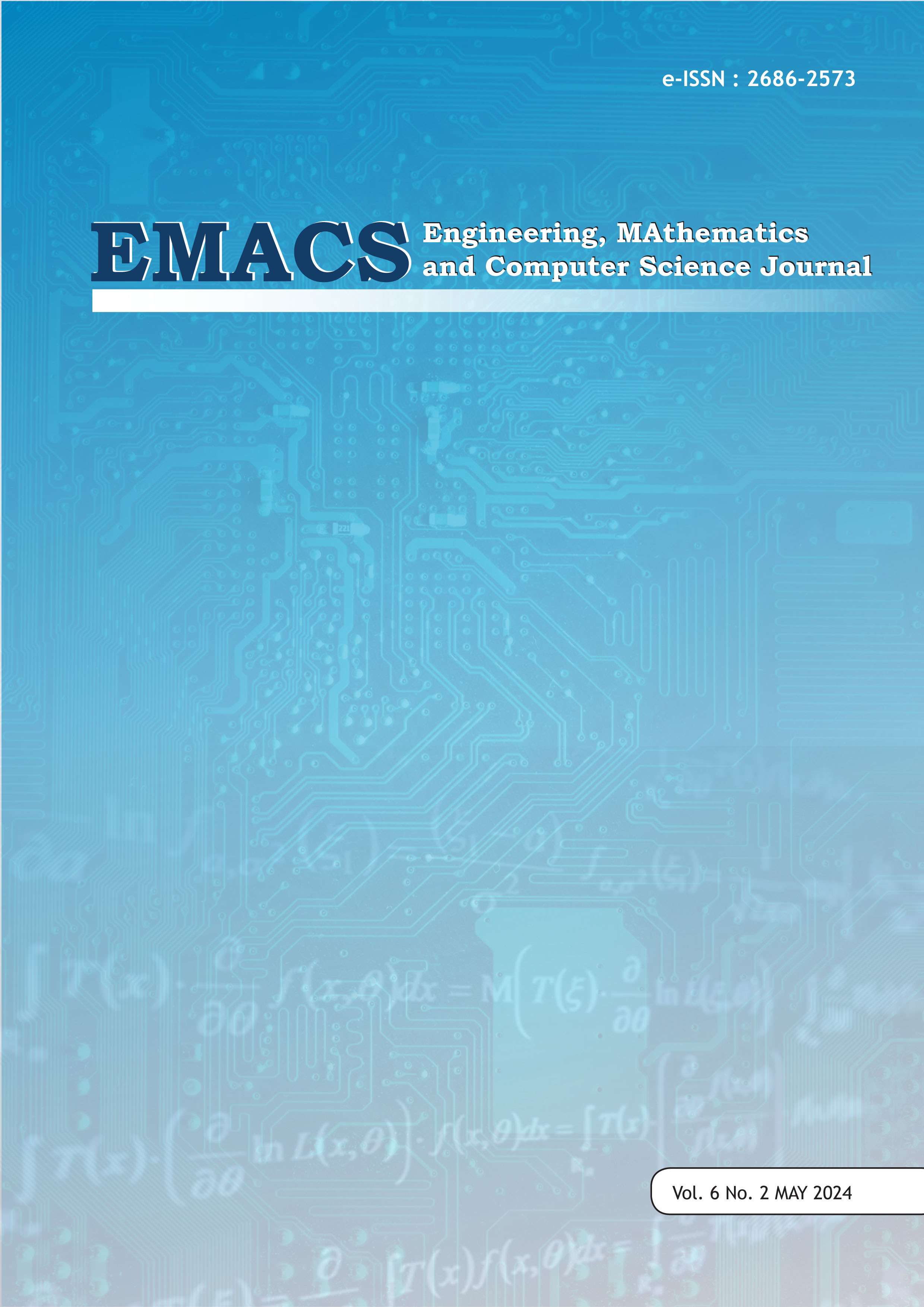Opportunity and Challenges in UX Design for E-Commerce Website
DOI:
https://doi.org/10.21512/emacsjournal.v6i2.11555Keywords:
User Experience (UX) Design, e-Commerce, Website, User SatisfactionAbstract
The study of this research focuses on a review approach based on the information collected on the opportunities and challenges in user experience (UX) design for e-commerce websites. The foundation of the study is based on the global expansion of e-commerce which demonstrated the people’s acceptance of e-commerce. Recognizing where there is room for improvements in the UX design is therefore critical. Overcoming the challenges is also important to create the best UX design that answers the user’s need for an e-commerce website. Understanding what users need through the user experience may determine the success of the companies’ e-commerce website, as UX and e-commerce reviews have a very strong correlation. Understanding the main reason that brings customers to make their purchases in an online market is important.  Experiencing a good user experience may lead to customer satisfaction and loyalty, which motivates them to return and make more purchases, as well as to recommend the website to other customers. Companies should make sufficient investments in UX noting that a successful e-commerce website highly depends on a positive UX. Examining earlier well-known research studies of UX design for e-commerce websites is the aim of this study, which will serve as a basis for further extensive research into this topic. Using the review approach, the study determined and evaluated the opportunities and challenges of UX design to improve user satisfaction to increase sales on e-commerce websites. Improving the user experience and user satisfaction will lead the customer to be more motivated in making orders and purchases. Having awareness on the website’s aspects that could have a negative impact to customers may improve the companies’ business process. Hence, research to improve the e-commerce website is key to providing users with a better online purchasing experience. The practical implication of this research is expected to serve as a guide for the development of e-commerce strategies. The findings are expected to enhance the efficacy of the e-commerce website as well as user satisfaction.
References
Ariely, D. (2000). Controlling the Information Flow: Effects on Consumers’ Decision Making and Preferences. In JOURNAL OF CONSUMER RESEARCH, Inc. • (Vol. 27).
Asbari, M. (2023). JOURNAL OF INFORMATION SYSTEMS AND MANAGEMENT Scope of e-Business & e-Commerce to Business and Modern Life. https://jisma.org
Attar, R. W., Almusharraf, A., Alfawaz, A., & Hajli, N. (2022). New Trends in E-Commerce Research: Linking Social Commerce and Sharing Commerce: A Systematic Literature Review. In Sustainability (Switzerland) (Vol. 14, Issue 23). MDPI. https://doi.org/10.3390/su142316024
Beyari, H. (2021). RECENT E-COMMERCE TRENDS AND LEARNINGS FOR E-COMMERCE SYSTEM DEVELOPMENT FROM A QUALITY PERSPECTIVE. International Journal for Quality Research, 15(3), 797–810. https://doi.org/10.24874/IJQR15.03-07
Chettri, R. K., & Page, |. (2022). An overview of Electronic Commerce. In Quest Journals Journal of Research in Business and Management (Vol. 10, Issue 9). www.questjournals.org
DavidaviÄienÄ—, V., Markus, O., & DavidaviÄius, S. (2020). Identification of the opportunities to improve customer’s experience in e-commerce. Journal of Logistics, Informatics and Service Science, 7(1), 42–57. https://doi.org/10.33168/LISS.2020.0104
Hasan, B. (2016). Perceived irritation in online shopping: The impact of website design characteristics. Computers in Human Behavior, 54, 224–230. https://doi.org/10.1016/j.chb.2015.07.056
Koyani, D. (n.d.). User Experience (UX) Strategies and Customers’ Trustworthiness. https://doi.org/10.13140/RG.2.2.25441.52328
Lemon, K. N., & Verhoef, P. C. (2016). Understanding customer experience throughout the customer journey. Journal of Marketing, 80(6), 69–96. https://doi.org/10.1509/jm.15.0420
Mangia, L. H. R., & Quaresma, M. (n.d.). Challenges of Service Design and User Experience Design in e-commerce after COVID-19 pandemic.
Paytrail_Finnish_E-commerce_2018. (n.d.).
Ritonummi, S., & Niininen, O. (2021). User experience of an e-commerce website: A case study. In Contemporary Issues in Digital Marketing (pp. 61–71). Taylor and Francis. https://doi.org/10.4324/9781003093909-8
Rosário, A. (2021). CONSUMER MARKETING STRATEGY ON SOCIAL MEDIA IN THE LAST DECADE. In Journal of Management Information and Decision Sciences (Vol. 24, Issue 6).
Sdreatech. (n.d.). Challenges and Solutions of UX Design in e-Commerce. Https://Sdreatech.Com/Challenges-and-Solutions-of-Ux-Design-in-e-Commerce.
Wolny, J., & Charoensuksai, N. (2014). Mapping customer journeys in multichannel decision-making. Journal of Direct, Data and Digital Marketing Practice, 15(4), 317–326. https://doi.org/10.1057/dddmp.2014.24
Downloads
Published
How to Cite
Issue
Section
License
Copyright (c) 2024 Rein Suadamara

This work is licensed under a Creative Commons Attribution-ShareAlike 4.0 International License.
Authors who publish with this journal agree to the following terms:
- Authors retain copyright and grant the journal right of first publication with the work simultaneously licensed under a Creative Commons Attribution License - Share Alike that allows others to share the work with an acknowledgment of the work's authorship and initial publication in this journal.
- Authors are able to enter into separate, additional contractual arrangements for the non-exclusive distribution of the journal's published version of the work (e.g., post it to an institutional repository or publish it in a book), with an acknowledgment of its initial publication in this journal.
- Authors are permitted and encouraged to post their work online (e.g., in institutional repositories or on their website) prior to and during the submission process, as it can lead to productive exchanges, as well as earlier and greater citation of published work.
USER RIGHTS
All articles published Open Access will be immediately and permanently free for everyone to read and download. We are continuously working with our author communities to select the best choice of license options, currently being defined for this journal as follows: Creative Commons Attribution-Share Alike (CC BY-SA)





